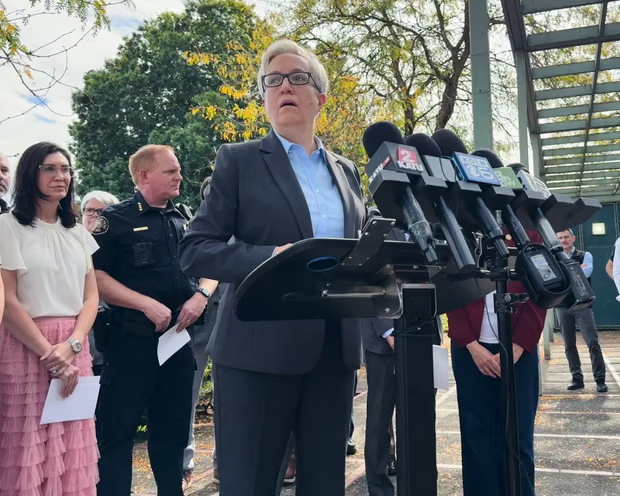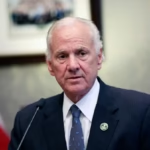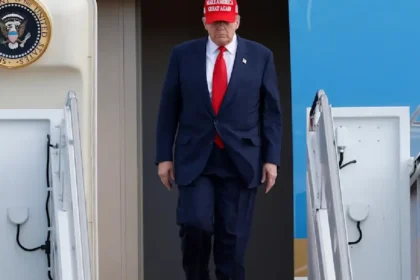President Trump is escalating tensions across the country with sweeping, aggressive decisions that are reshaping the role of federal power in local governance. On September 28, he ordered the deployment of the National Guard in Portland, Oregon, claiming the city is “war‑ravaged” and immigration facilities are “under siege” by Antifa and domestic terrorists.
Oregon’s governor and local officials quickly pushed back, saying there’s no need for military intervention and rejecting the president’s framing. Meanwhile, the White House dismissed a U.S. attorney in Sacramento who had warned immigration agents against illegal detentions. This illustrates the administration’s growing resolve to override local and legal constraints in pursuit of its hardline policies.
At the Pentagon, unease rippled through the ranks after Defense Secretary Pete Hegseth summoned hundreds of senior officers to a sudden, high‑level meeting at Quantico. Sources suggest that the gathering may presage firings or structural changes among generals and admirals. Critics warn the move is a warning shot to the military elite to fall in line.
Compounding institutional strain, over 100,000 federal workers are slated to resign in what could become the largest mass departure in U.S. history. The trigger: a Trump‑driven deferred resignation program and broader workforce reductions. Workers speak of an atmosphere of fear and insecurity, part of a larger purge of the federal bureaucracy.
Legal and constitutional scholars argue the moves mark a crisis of legitimacy for the U.S. government. The deposition of checks and balances, now in motion, threatens to erode public faith in institutions designed to restrain power.
This week’s unfolding drama is more than political theater — it’s a test of the United States’ democratic architecture. At stake: whether local authority, civil service norms, and institutional checks can survive an administration bent on centralizing control.











